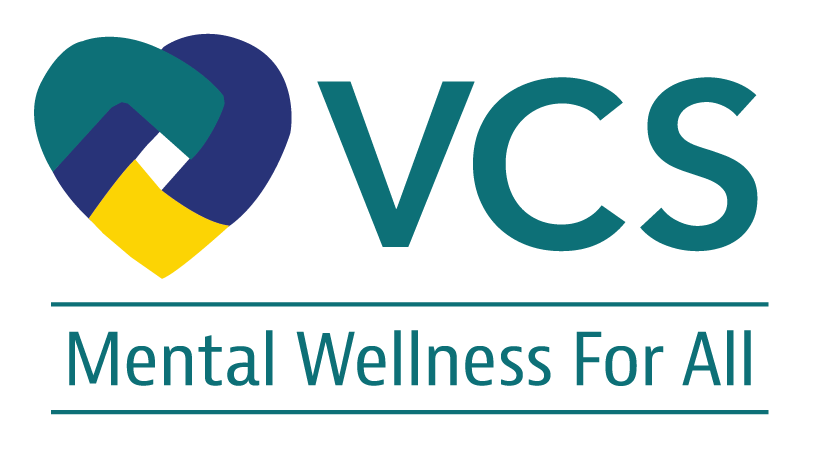Elisha Goldstein discussed how Mindfulness is trending, but misconceptions surround it, so Elisha wants to set the record straight about the top five myths.
Myth #1: Mindfulness is Just for Stress Relief. While mindfulness can reduce stress, it’s more about gaining awareness of your mental, emotional, and physical processes and connecting with others. Stress relief is a bonus, not the primary goal. 
Myth #2: You Need a Quiet Space and Lots of Time Mindfulness doesn’t require a perfect setting or extensive time. It can be practiced anywhere—whether in the shower, during a walk, or while listening to someone. Integrate it into your life in whatever way works for you.
Myth #3: It’s About Concentration Mindfulness isn’t about focusing or stopping your mind from wandering. It’s about awareness. Noticing when your mind drifts and gently returning it is vital to the practice.
Myth #4: Only Relaxed People Can Practice Mindfulness You don’t need to be calm to benefit from mindfulness. It’s beneficial for those who are restless or stressed, helping you develop mental flexibility and resilience.
Myth #5: Mindfulness Teachers Are Always Mindful Mindfulness teachers aren’t perfect. They, too, have mindless moments. The practice helps them—and all of us—become more aware and compassionate in those moments. Embrace mindfulness as a journey of awareness and connection, not a quest for perfection!
